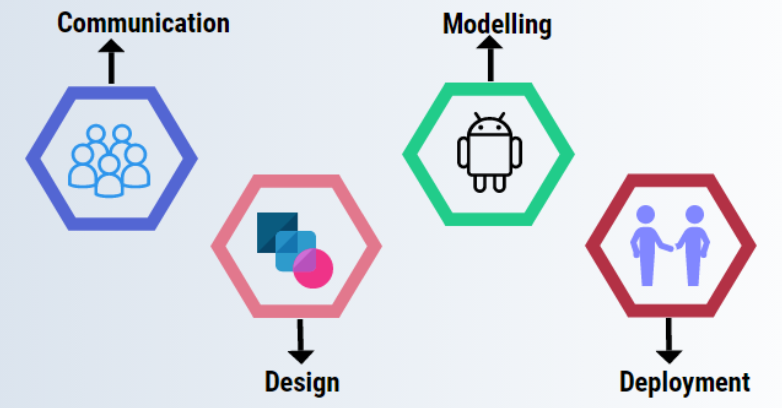Prototype
What is a Prototype?
Definition:
A “Prototype” in product development refers to a preliminary version or sample of a product, system, or solution that is built to test and validate design concepts, functionalities, and user experiences before full-scale production. Prototypes range from simple mockups to more sophisticated models, depending on the complexity of the product and the objectives of the prototyping process.
Analogy:
Think of a Prototype as a rough sketch or blueprint of a building. Just as an architect creates sketches and scale models to visualize the design and layout of a structure before construction begins, a prototype allows designers and engineers to explore ideas, iterate on designs, and identify potential issues early in the development process.
Further Description:
Prototyping is an essential step in the product development lifecycle, allowing teams to translate abstract ideas and requirements into tangible representations that stakeholders can interact with and provide feedback on. Prototypes serve as a communication tool, facilitating collaboration between cross-functional teams, gathering user input, and refining design decisions based on real-world insights.
Key Components of a Prototype:
- Design Elements: The prototype should incorporate key design elements, such as layout, colors, typography, and visual assets, to convey the intended look and feel of the final product.
- Functionality: Depending on the complexity of the product, the prototype may simulate basic or advanced functionalities, interactions, and workflows to demonstrate how users will interact with the product.
- User Experience (UX): A successful prototype should prioritize user experience, ensuring that interactions are intuitive, seamless, and aligned with user needs and expectations.
- Feedback Mechanism: Prototypes should include mechanisms for collecting feedback from users, stakeholders, and subject matter experts to identify areas for improvement and inform iterative design iterations.
Why is a Prototype Important?
Prototyping offers several key benefits in the product development process:
- Risk Reduction: By testing design concepts and functionalities early, prototypes help mitigate the risk of costly errors and design flaws later in the development lifecycle.
- User Validation: Prototypes enable designers and developers to gather feedback from users and stakeholders, validating assumptions, identifying pain points, and refining the product based on real-world insights.
- Iterative Improvement: Prototyping supports an iterative approach to design and development, allowing teams to make incremental improvements and refinements based on feedback and testing results.
- Time and Cost Savings: By identifying and addressing issues early, prototypes help streamline the development process, reducing rework, and minimizing the time and resources required to bring the product to market.
Examples and Usage:
- Wireframes: Low-fidelity prototypes that represent the layout and structure of a website or application, focusing on content organization and navigation.
- Mockups: Mid-fidelity prototypes that add visual design elements, such as colors, images, and branding, to wireframes to create a more polished representation of the final product.
- Interactive Prototypes: High-fidelity prototypes that incorporate interactive elements and simulated functionality to emulate the user experience of the final product, often used for usability testing and user feedback.
Key Takeaways:
- A Prototype is a preliminary version or sample of a product, system, or solution built to test and validate design concepts, functionalities, and user experiences.
- Key components of a prototype include design elements, functionality, user experience, and feedback mechanisms.
- Prototyping helps reduce risks, validate assumptions, support iterative improvement, and streamline the product development process.
- By creating prototypes, teams can gather feedback, iterate on designs, and ultimately deliver products that meet user needs and expectations.





